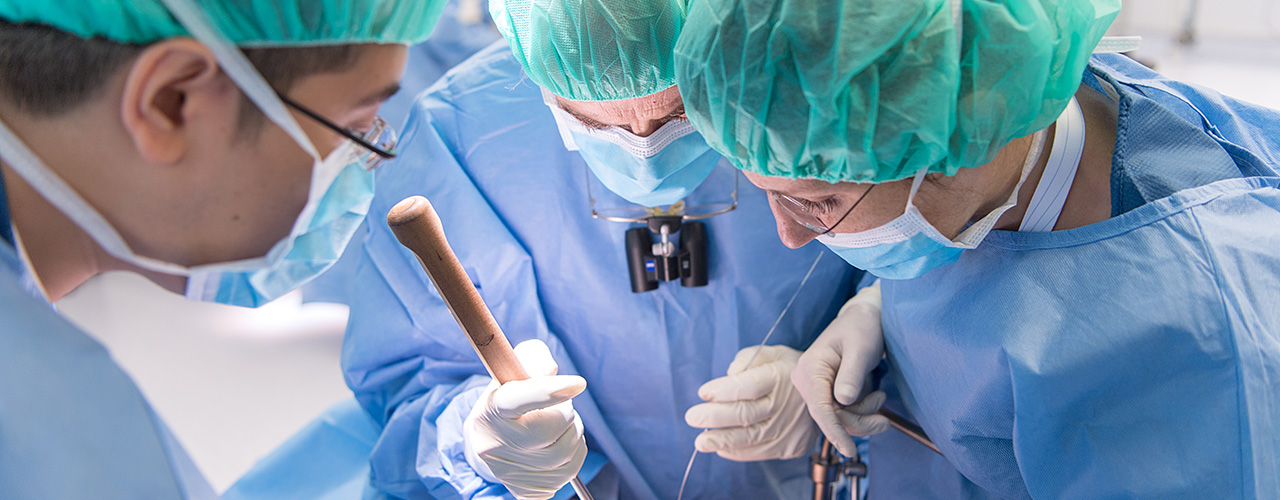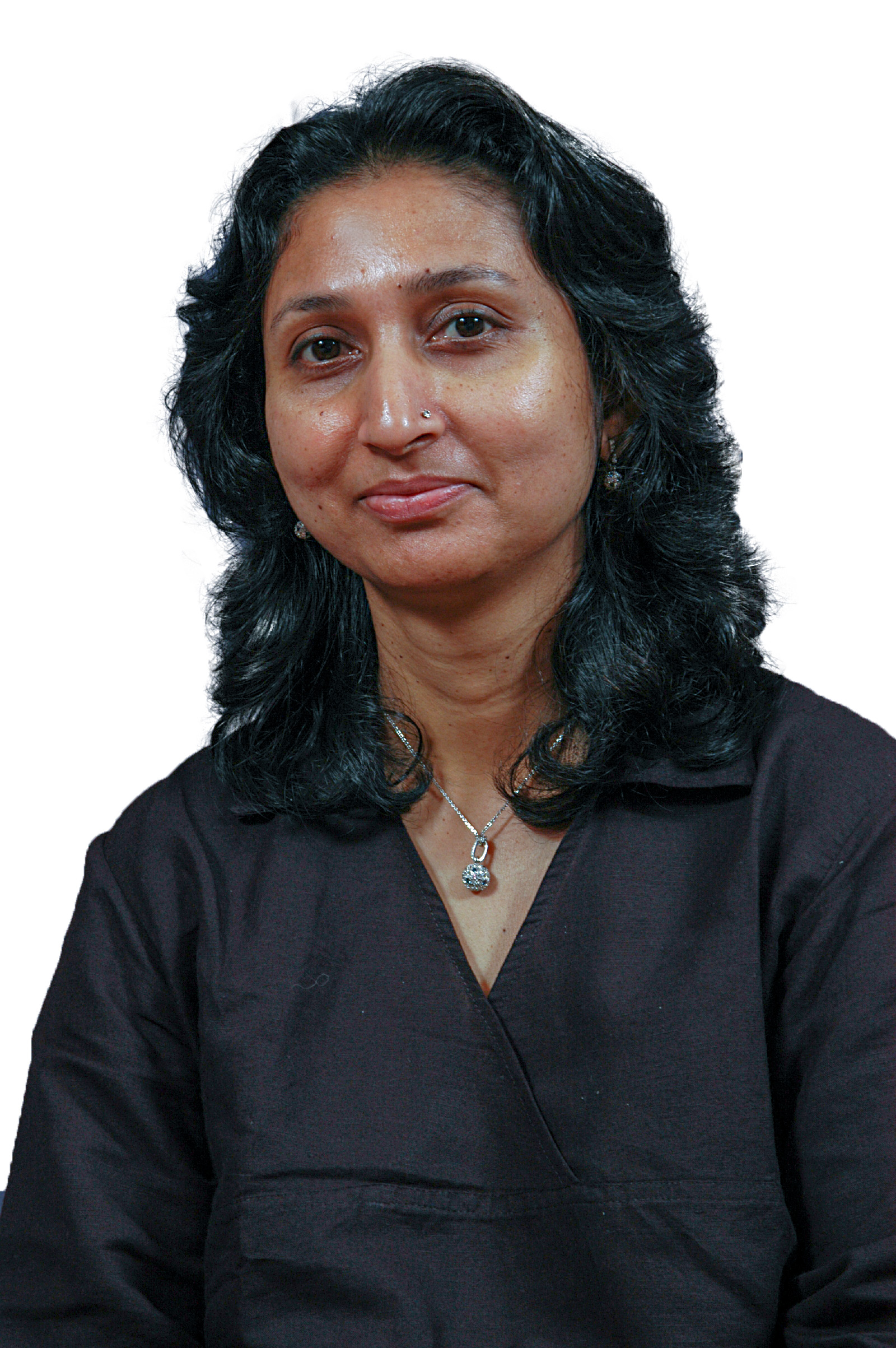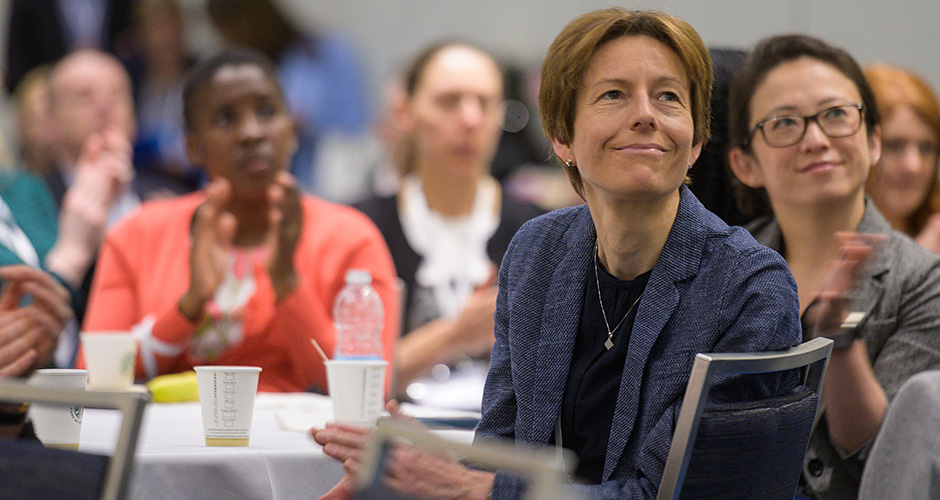
The AO recognizes that a diverse and inclusive community is of paramount importance in our mission of promoting excellence in patient care and outcomes. The AO is committed to cultivating diverse leaders who are passionate about our mission and enhancing our position as world leader in education, research, innovation, and clinical practice. Despite official positioning and ongoing initiatives to advance diversity and equality, we are still talking about "women surgeons".

In AO Spine, the number of women attending training courses is at 7% (2018). Only 5% of the membership are women.
The AO Spine Community Development Commission member Rushama Tandon explains why this is still a topic and what needs to change.
We are still talking about women surgeons in 2020 because, despite all such talks in the past they still remain a rarity in the field. The numbers alone make it obvious that quite a bit still needs to change. Less than 10% of surgeons globally are female and the numbers are far starker in super specialties like spine surgery, where only 2 in every 1'000 spine surgeons is female. A change requires greater dialogue and more concerted efforts on the parts of both men and women in surgery to confront gender biases in their working environments as well as stereotypes that may hinder the entry of more women in the field.
What is your goal for the Women in Spine initiative in AO Spine? What should every surgeon know about it?
Women in Spine aims to provide female surgeons with a strong and diverse range of mentors, greater leadership opportunities, and role models.
Essentially, the Women in Spine initiative aims to provide female surgeons with a strong and diverse range of mentors, greater leadership opportunities, and role models that they can look up to so that they can achieve their fullest potential unhindered by gender biases. It also tries to provide more networking opportunities so that they can meet the men who constitute the majority in the field, and both learn from and educate them.
What roles should AO Spine CD Commission take to promote diversity?
Firstly, we need to ensure that women are encouraged to participate in existing programs and roles—courses, boards, and meetings, as faculty and participants alike. Ideally, we should always have women included in all ventures. In order to do so, we must identify and reach out to not just those women who are interested in participating but also those who are simply curious. I believe the latter in particular, given a small nudge and greater understanding of the obstacles they face, would become enthusiastic participants themselves.
We should always have women included in all ventures.
Secondly, we need to alter our methods of reaching out. As the recent outbreak has taught so many of us, virtual meetings and webinars are an easy way to reach out to people who cannot be physically present for face-to-face meetings. They also have the added advantage of reducing costs, especially those associated with the travel usually required for these, making it significantly easier for doctors from developing countries to take part in greater numbers.
How will diversity in spine benefit the wider community?
The presence of a diverse range of individuals with unique viewpoints is always an advantage.
The presence of a diverse range of individuals with unique viewpoints is always an advantage as it brings to the fore a range of options and ideas that may otherwise not be considered by a narrow group of people from similar backgrounds. The experiences that women in particular can contribute can enhance understanding for all members, helping them in their work among their own communities and societies as well.

Read about the AO's approach to opportunity, diversity, and inclusion here.